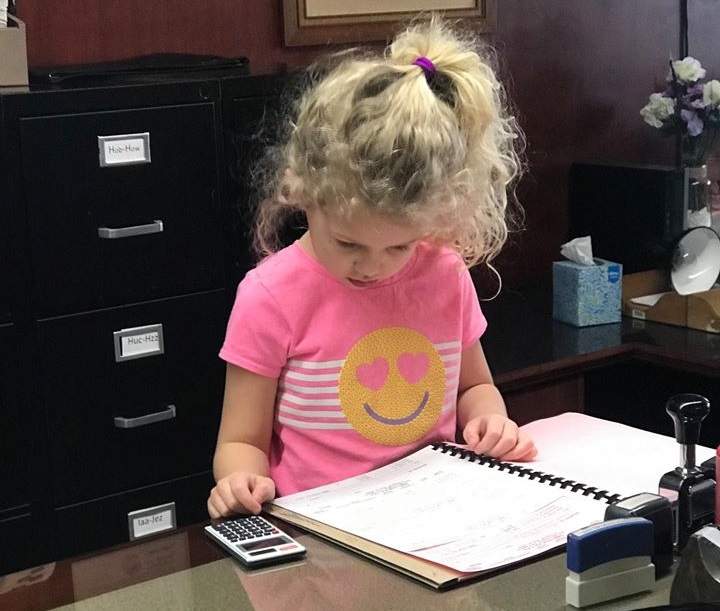Some time ago I was asked to speak to a Sixth Grade School Class on CAREER DAY.
I agreed and asked the teacher how many students were in the class. I was told that there were 35, so I went to my bank and got 35 two dollar bills and 35 one dollar coins. When I arrived at the classroom I asked the teacher how much time I had. She said 30 minutes would be good, but take all the time I needed.
I told the students that I was going to put them all on my payroll during my presentation. Further, that I would pay them $6 per hour, but the teacher had limited the duration of my presentation to only thirty minutes. I asked them to tell me how much pay they should receive. A lot of hands went up and after a few responses, I got the correct $3.


What will you spend your money on?
I asked them to be thinking about what they would spend their $3 on and asked for three volunteers to assist me. I had two of them go around the room and distribute the two dollar bills. My third assistant stood by me holding the bag with the silver dollars. After all of the two dollar bills had been distributed, I asked the class what they planned to do with their three dollars. A lot of enthusiastic hands went up and I got all kinds of responses. Many of them said they intended to save their money rather than spend it (surprise).
It's so easy to get side-tracked off into Franklin's other ideas, writings or sayings. One thing is for sure, it's safe to say that the guy had just as many bad ideas as good ones, but he never stopped coming up with new ideas. Two hundred and thirty years later, those words about "Death & Taxes" still ring true as they are repeated by thousands, especially at income tax filing time.
Finally, one young man (he must have been the Little Johnny we've heard so many stories about) said "Hey, wait a minute! You only gave us two dollars!" I congratulated him and offered him a real job when he finished school. I then instructed my third assistant to empty the contents of the bag on the table in front of the class. Eyes widened as they saw all those silver dollars. I then proceeded to tell them that this represented the taxes I was required to withhold from their pay and remit to the government.
After explaining that "taxes are the price we pay to live in a civilized society", I proceeded to give them examples of the things our tax dollars pay for. I then had my assistant hand out all of the silver dollars. Those young students were a joy to talk to and with. When I asked if they could name any of the things that our tax dollars pay for, I was amazed at their ability to correctly identify so many of the good things that are provided by government.


